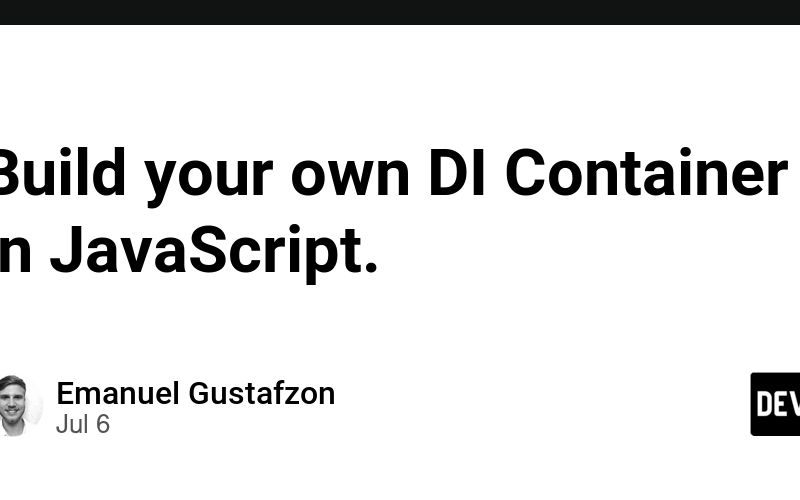22
Sep
Introduction The Dependency Inversion Principle (DIP) and Dependency Injection (DI) are powerful concepts that can significantly improve the design of your Python code. In this post, we will explore these principles in detail, starting with a high-level overview and progressing to practical examples. By the end, you’ll have a deeper understanding of how to write modular, maintainable, and flexible Python code that adheres to these best practices. Let’s start with a famous quote from Robert C. Martin: “High-level modules should not depend on low-level modules; both should depend on abstractions. Abstractions should not depend on details; details should depend upon…


